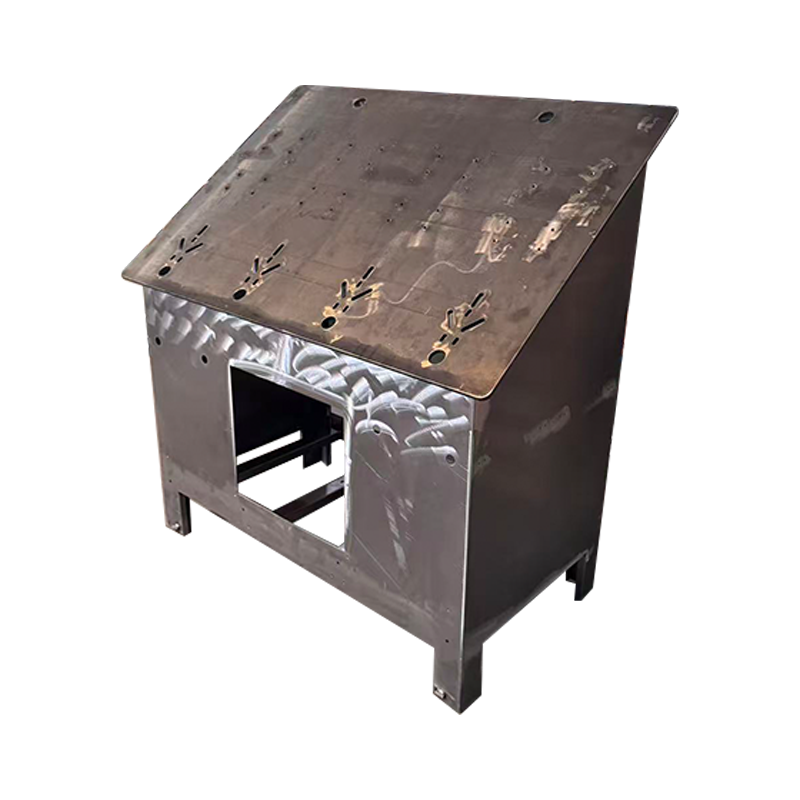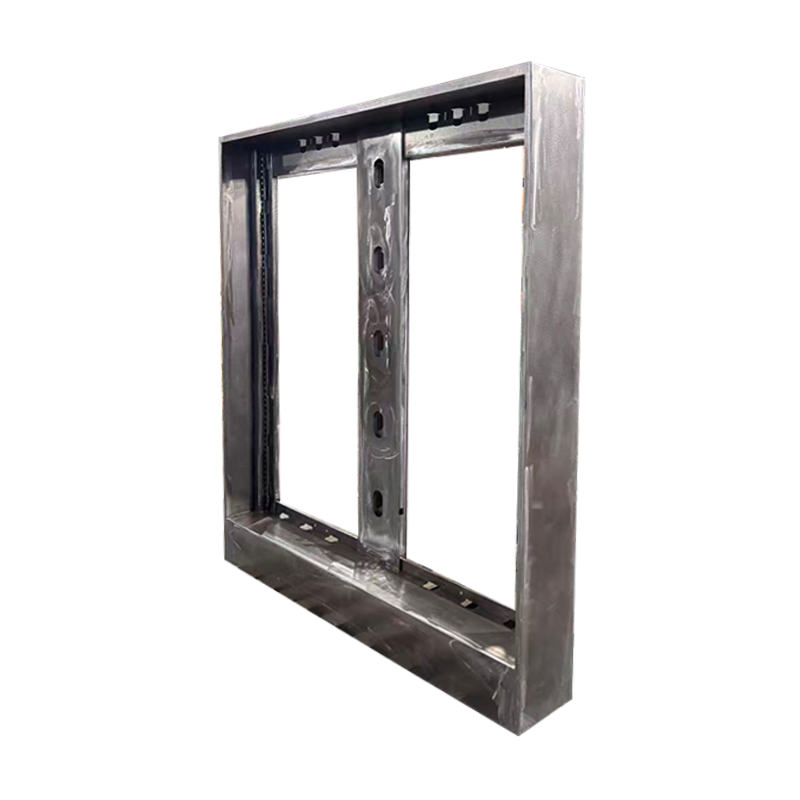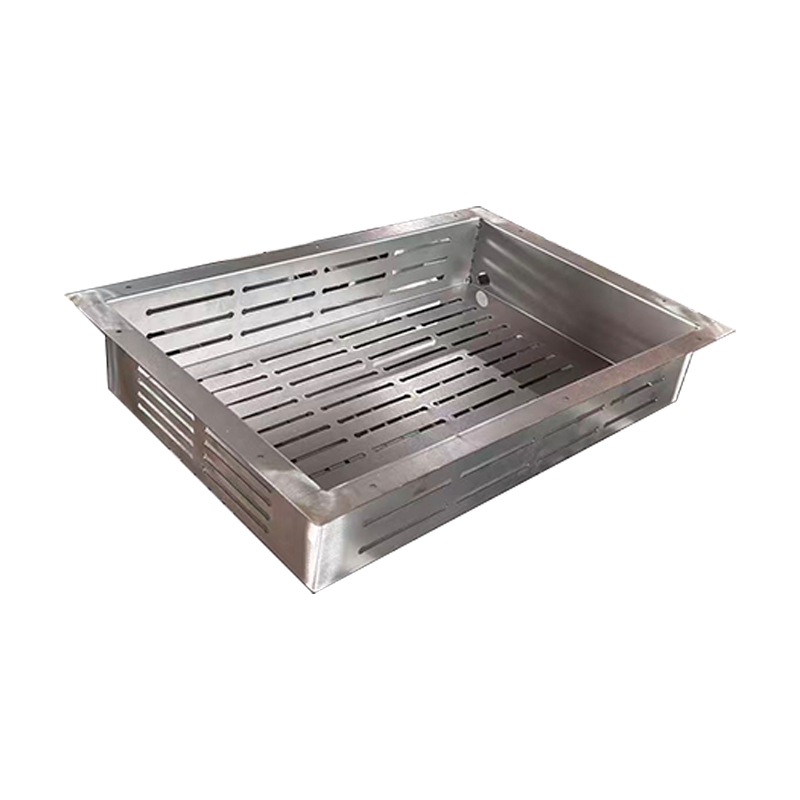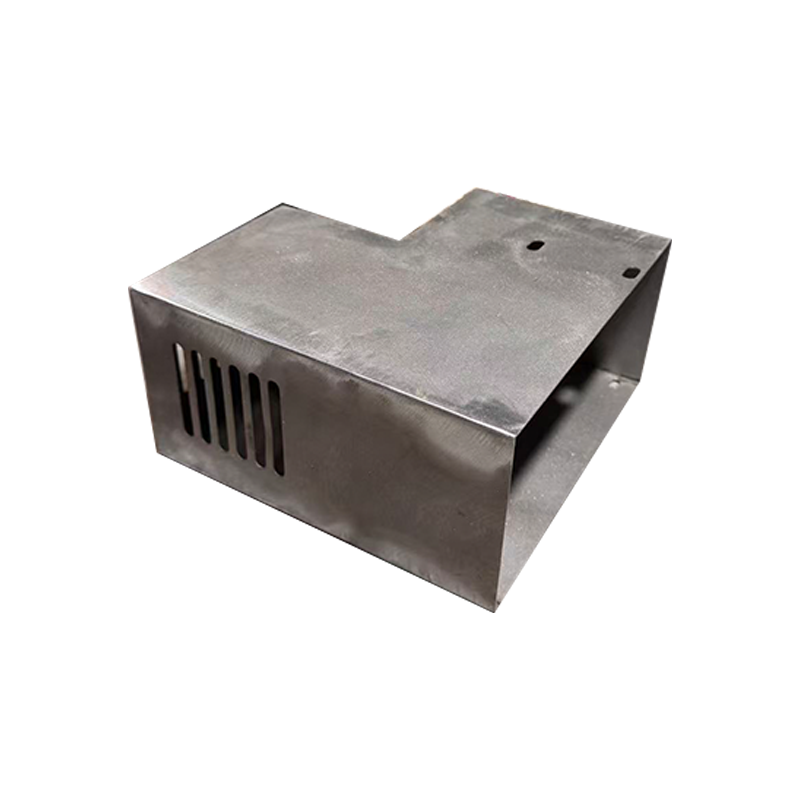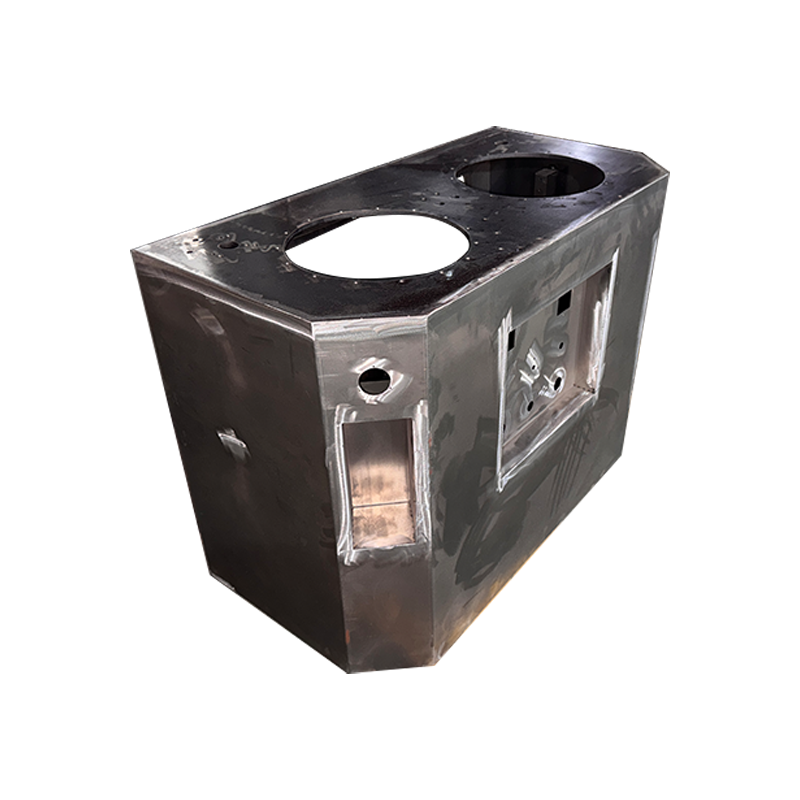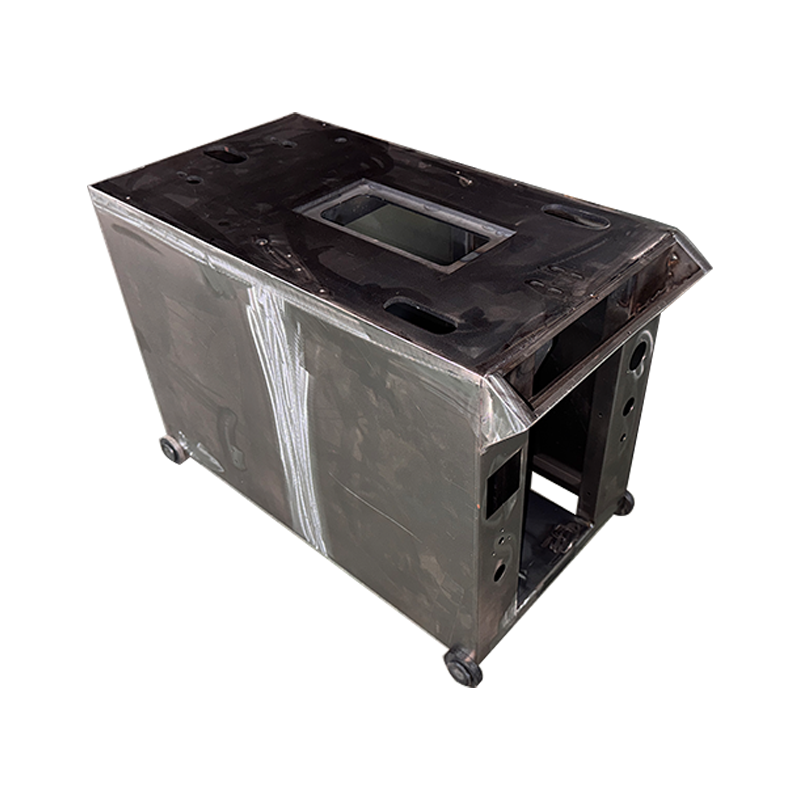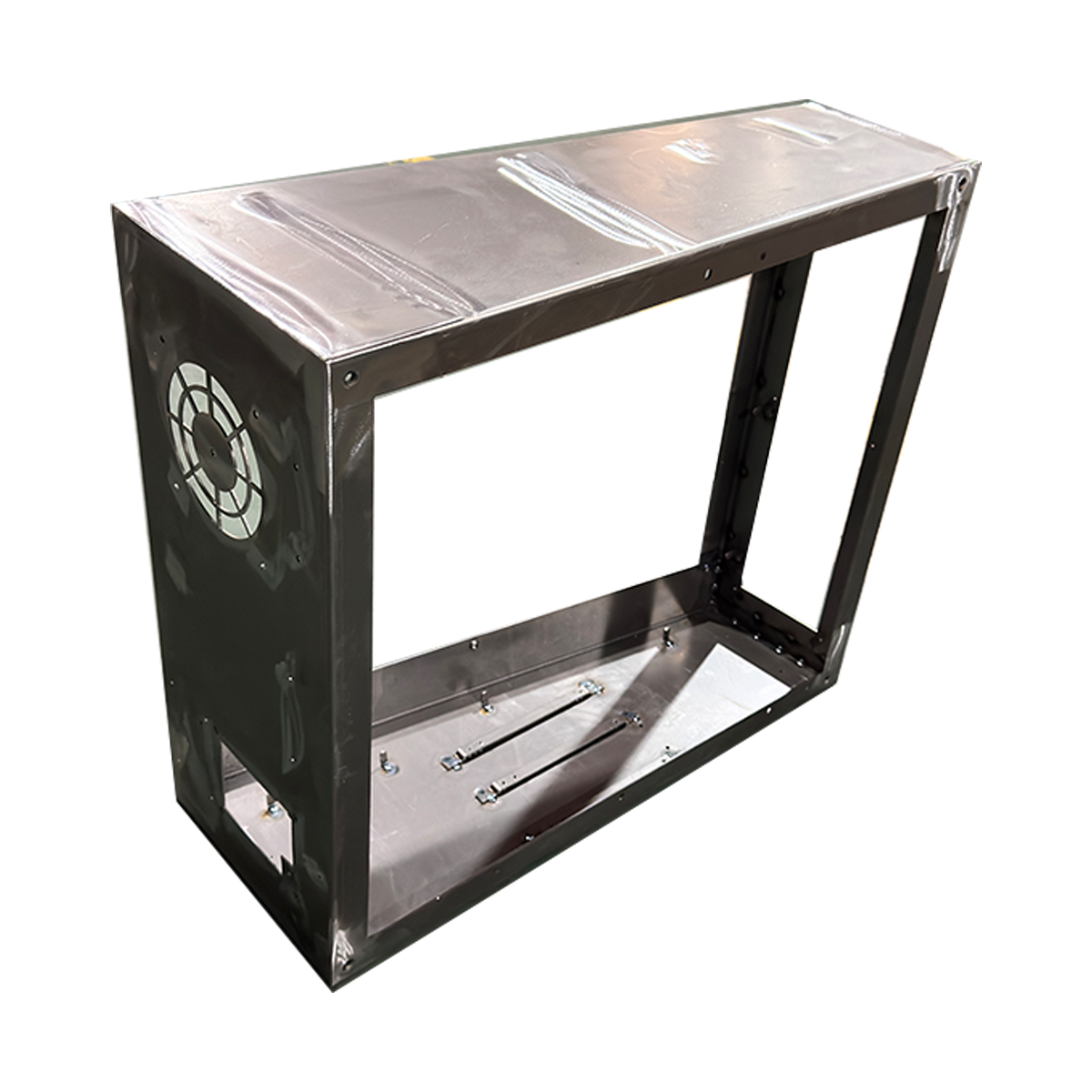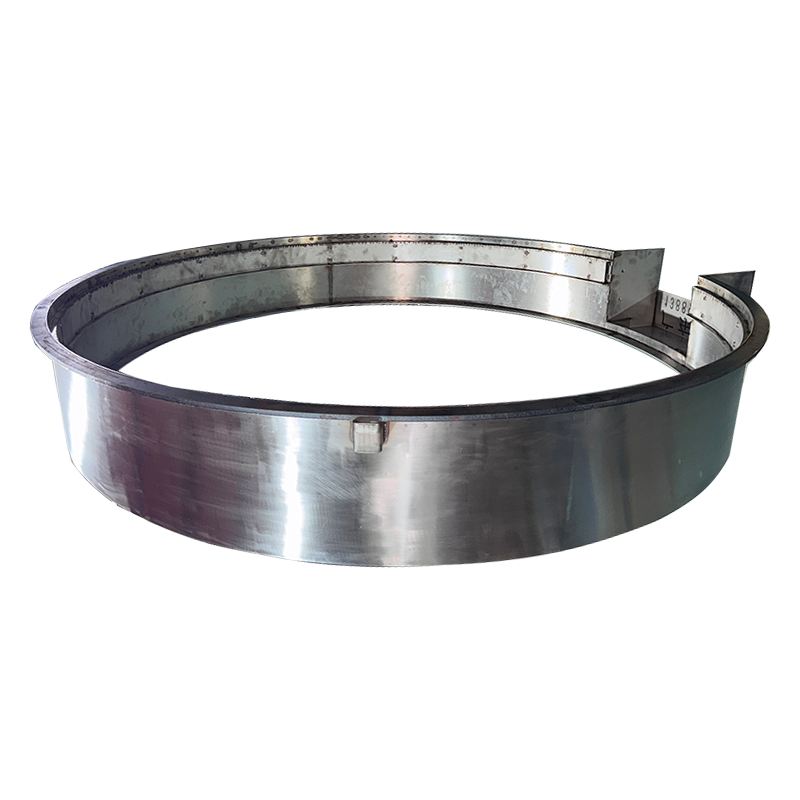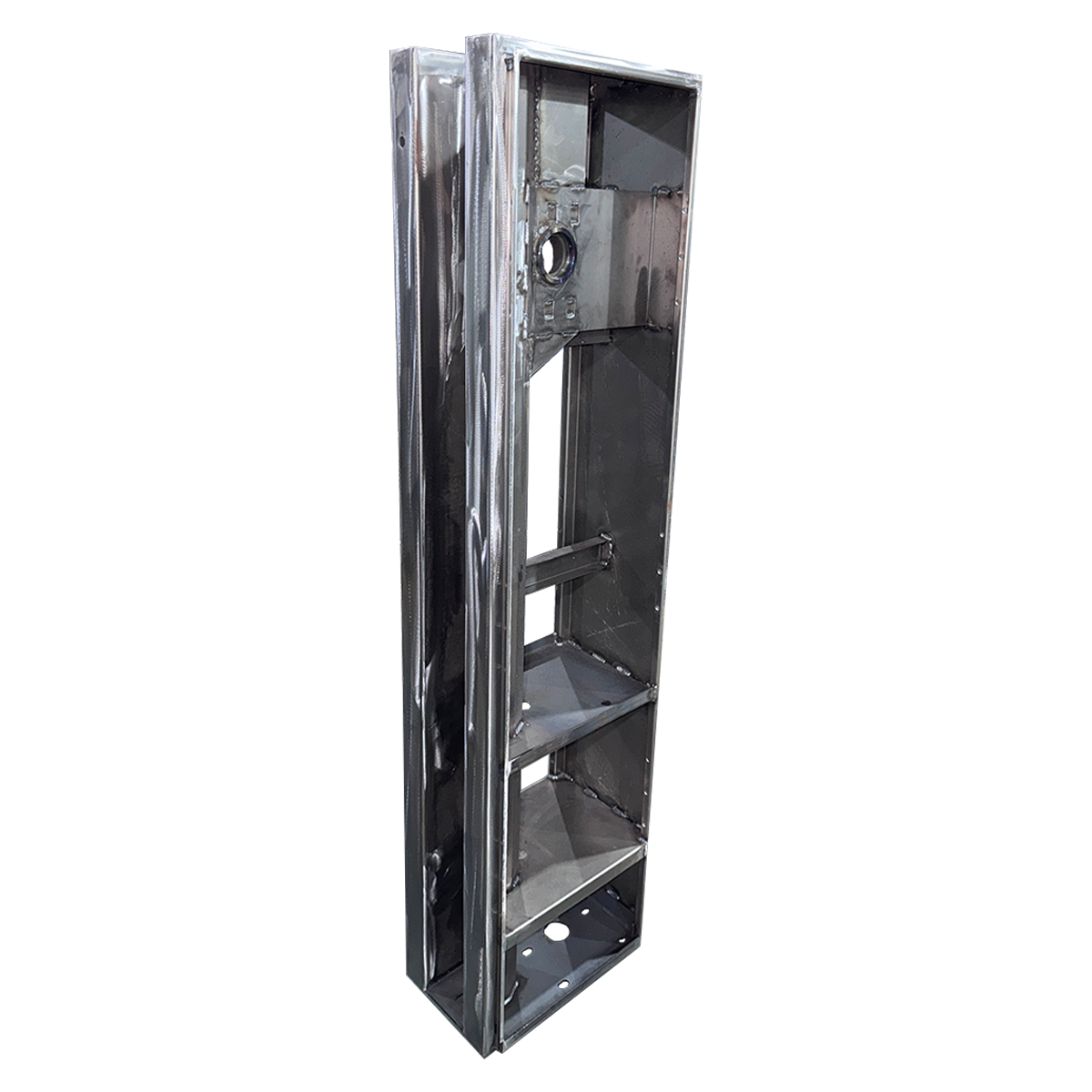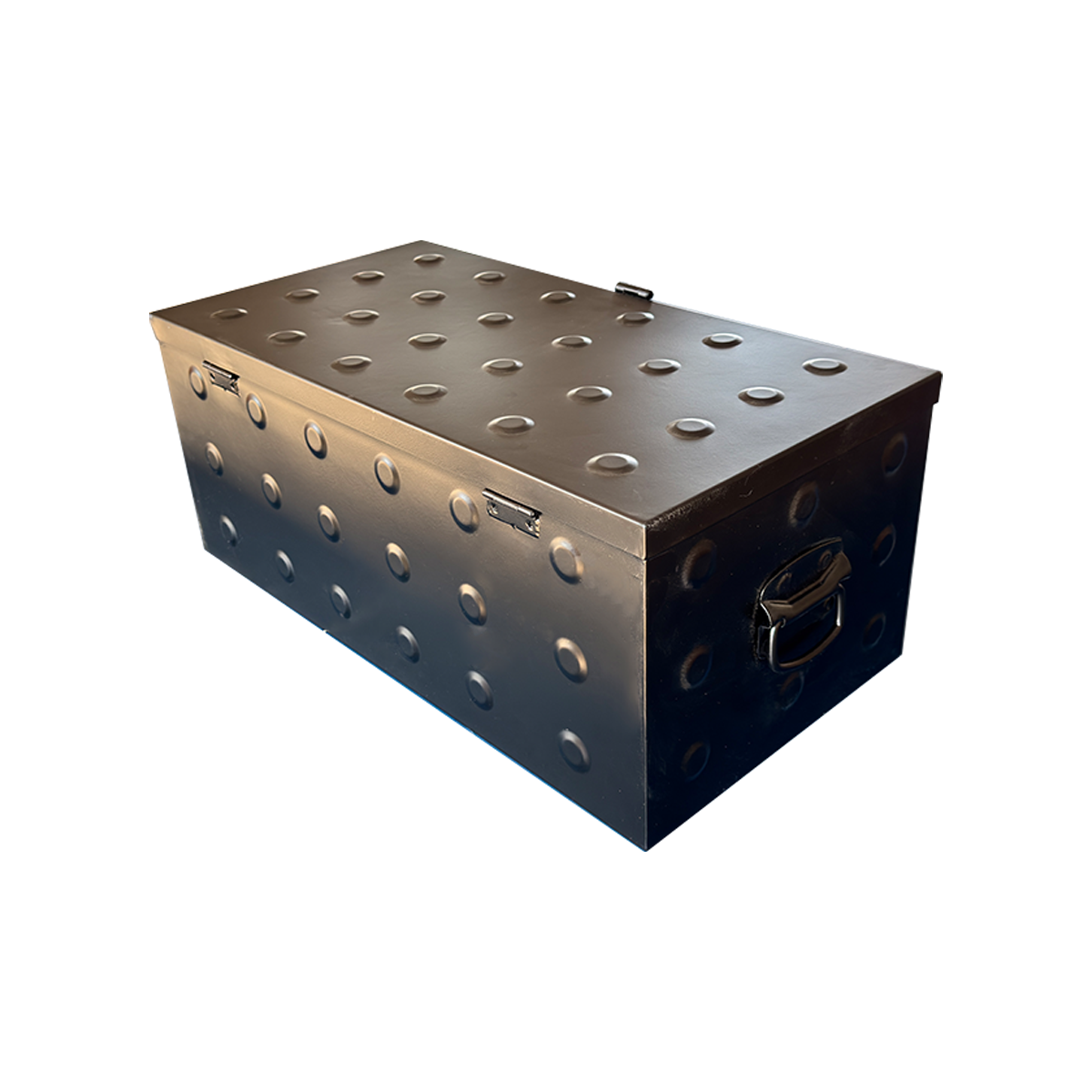Sheet metal fabrication is vital for many industries, from construction to aerospace, automotive, and beyond. It's a refined manufacturing process that is
responsible for a great number of products that you see every day.Metal fabrication has been around for centuries, but it continues to evolve with
technological advancements. From creating precision parts for machinery to metal structures for buildings and bridges, its use cases are in even more
areas than you’d think.
In this guide, we'll cover:
What sheet metal fabrication is
How the process works
Different types of sheet metal & the applications
Benefits of sheet metal fabrication
So, let's explore and, as always, if you have questions or are interested in what we do, we at Wongsam have over 18 years’ experience in sheet metal
fabrication to support your next project.
What Exactly Is Sheet Metal Fabrication?
Sheet metal fabrication is the process of turning flat sheets of steel or aluminium into metal structures or products, by cutting, punching, folding and
assembling. Sheet metal can be cut, bent or stretched into nearly any shape, which is generally done by cutting and burning the metal. Special tools,
such as band saws and chops saws, can also be used in the sheet metal fabrication process. These ensure even cutting throughout the process. Cutting
torches are capable of cutting large sections of sheet metal with minimal effort. Sheet metal fabrications use press brakes, which ease the process of
sheet metal fabrication, by helping to create sharp bends and angles within the metal. There are a variety of different press brakes, which have different
functions and are used for different purposes. One of the other main factors in sheet metal fabrication is welding. Once all the components are formed,
they are then assembled and tack welded into position. Many welding techniques can be used in sheet metal fabrication in order to prevent warping or
any other abnormalities. These techniques include covering the metal with sand during the cooling process, special straightening process, welding in a
staggered manner and using a stout fixture. Straightening defected metal can be achieved by using with an oxy-acetylene torch. Heat is applied to the
metal in a slow manner to remove any abnormalities. The metal is usually finished by being sandblasted, primed and painted. This then ensures the
metal looks fantastic and then is ready to be sent to the client. If you have an upcoming project or want more details about we can do for you, don't
hesitate to get in touch.
How the Sheet Metal Fabrication Process Works
Metal fabrication tends to start from processing raw materials, which are often large and thick – for example, steel, aluminium and copper. Sheet
metal can be cut, bent or stretched into most desired shapes.
Here are the typical steps for how it works:
Design
The design stage is where the groundwork for the project is laid out. Designers will usually create initial sketches or 2D/3D models of the product,
which may be done using computer-aided design (CAD) software or by hand. Important factors such as the intended use of the product, the
required dimensions and tolerances, and any specific materials or finishes that will be needed are mapped out before the manufacturing begins.
Cutting
Laser cutting is typically the first step in the manufacturing process. Laser cutting is one of the most precise ways of cutting sheet metal as the lasers
are able to follow the programmed design and cut through the material accurately.
Bending
The bending process is known as CNC folding and is a practice that can be completed using a variety of machines. For example, a manual press
brake or automated panel bending machine. The machine forms the metal part by clamping the sheet metal and applying pressure to maintain the
desired curvature.
Forming
The forming process bends or deforms the material into the required shape. Different from cutting, which subtracts the material, forming actually
reshapes the material without decreasing any of its mass.
Welding
There are a variety of welding techniques that can be used when working with sheet metal, including MIG welding, TIG welding, robotic MIG welding
and spot welding.
Metal inert gas (MIG) welding: A typically fast welding option that is better for thicker materials.
Tungsten inert gas (TIG) welding: Offers greater control and precision than MIG. Best for thinner materials. You may also see it referred to as gas
tungsten arc welding (GTAW).
Robotic MIG welding: This is an automated version of more traditional MIG welding.
Spot welding: This follows an electrical resistance welding process.
Finishing
Finishing is the last step when preparing metal products for use and makes products more resistant to corrosion, adding another layer of durability.
It also helps make the surfaces look appealing. Common finishing touches could include surface preparation, polishing and powder coating in a
choice of colours, anodising, passivation, and laser marking (such as logos or etching some text).
Assembly
In a sheet metal fabrication project, assembly refers to the assembling of the required products before they are packaged and delivered to where they
need to be.
At Wongsam, we can act as a subcontractor to provide individual parts or carry out full-service electro mechanical assembly to bring you a complete 'end product'.


